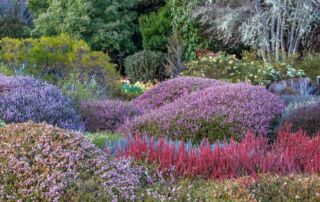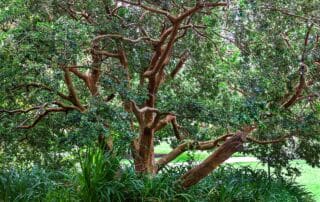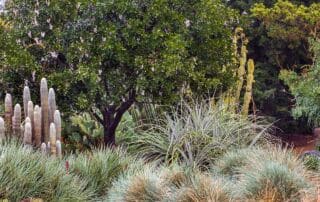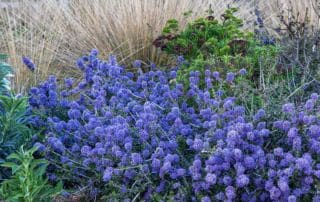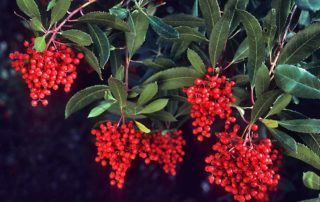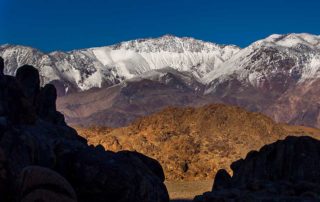Planning for Fire
Summer-dry climates are prone to wildfires. We love our hot, dry summers which, after wet winters, makes the vegetation tinder dry. Fires are in evitable and normal, and to live safely in this climate we have to plan for fire and hydrate our built landscape. Los Angeles State Historic Park with bioswale for stormwater percolation and native plant habitat Not all summer-dry climates are shaped by fire, but California certainly is. The more we know about how the indigenous people used intentional fire within certain ecosystems like grasslands and Oak and Poderosa pine woodlands, the more we



